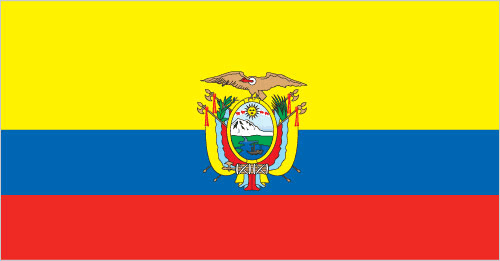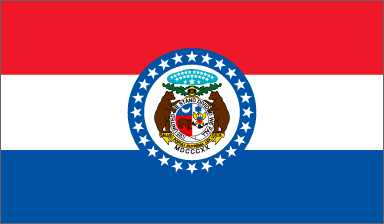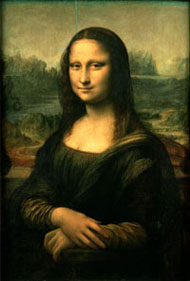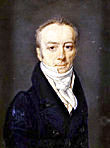
Magellan fixed inside Atlantis
Atlantis, an American shuttle spacecraft, was launched in 1989. It successfully deployed Magellan, which traveled to Venus to map the planet’s surface. Magellan encountered Venus on August 10, 1990 and began taking high-quality radar images on September 15, 1990. It continued to photograph the planet’s surface, making six complete mapping cycles. Magellan mapped about 98 percent of Venus’s surface. It was commanded to plunge into Venus’s surface, still sending data, on October 13, 1994. Children could learn more at: Magellan.





 Record low temperature was recorded in 2010 at Vostok Station in Antarctica. The temperature reached a low of -136 degrees F. That temperature is colder than dry ice! This record broke the July 21, 1983, temperature of -128.6 degrees F.
Record low temperature was recorded in 2010 at Vostok Station in Antarctica. The temperature reached a low of -136 degrees F. That temperature is colder than dry ice! This record broke the July 21, 1983, temperature of -128.6 degrees F.